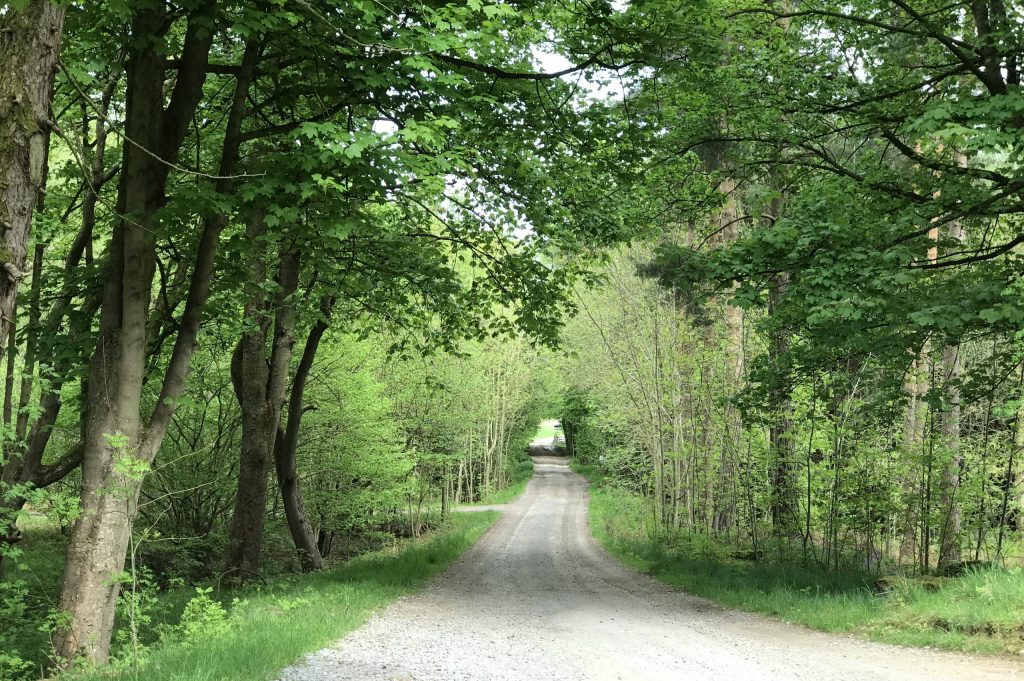
We all know that deforestation is a major environmental concern around the world. Carbon dioxide is a huge contributor to climate change, but trees capture and store carbon dioxide. Scientists say planting more trees is a great way to reduce climate change and the team at Sealand Ranges were happy to do their bit.
The Sealand Conservation Group, which I chair, has members from DIO like me, from our Industry Partners Landmarc, the RSPB, Flintshire County Council, Dee Wildfowlers, TATA Steel, which has a large complex nearby, and Natural England. At one of our meetings, a council representative raised an initiative called the Long Forest Project.
The Long Forest Project
The Woodland Trust and Keep Wales Tidy worked together, with support from the Heritage Lottery Fund and Esmee Fairbairn Foundation to create the Long Forest Project. The project was established to improve biodiversity by planting new hedges and reconnecting hedgerows networks. Over the three years of the project it oversaw the planting of nearly 120,000 trees in hedgerows as well as surveying nearly 50,000m of hedgerows across Wales and establishing four community tree nurseries. Around 3000 volunteers got involved in various parts of the project.
Hedgerows are hugely important for wildlife. They provide a habitat for many species, including mammals, insects and birds, as well as lots of plant life. Some animals use hedgerows as a way of connecting places without having to go out in the open.
A new hedgerow at Sealand Ranges
The conservation group works to protect and preserve the environment at Sealand Ranges and the wider Dee Marshes. For example, in 2018 I arranged for the Range Danger Area to be cleared of tidal rubbish. In 2019 the group did a Wet Walk to Wales fixing fences, clearing rubbish and undertaking bird monitoring for the RSPB along the remote areas that are not normally accessible due to the live firing rifle range.
Our representatives from Flintshire County Council raised the Long Forest Project during a Sealand Conservation Group meeting and I liked the idea. I spoke to the regional training estate commander and our local DIO ecologist who were both happy to agree that an area of Sealand Ranges could be used for the planting.
A couple of months ago we planted about 1000 trees to create a new hedgerow following the line of the existing sea defences along the range boundary. We chose the sorts of trees you typically find in native hedgerows – hazel, holly, field maple and hawthorn. These are ideal for fencing and once they’re established are stock proof, which means they prevent livestock from straying. We had plans to plant 20 black poplar trees in the same area but unfortunately the start of COVID-19 lockdown meant we couldn’t do that.
Though this may be a drop in the ocean in the context of the wider Long Forest Project, we at Sealand Ranges are still very proud of our contribution and the benefits it will have to local wildlife for years to come.